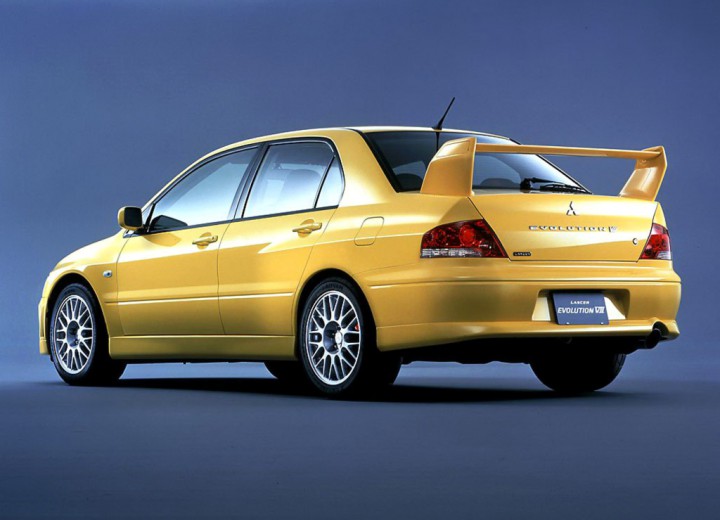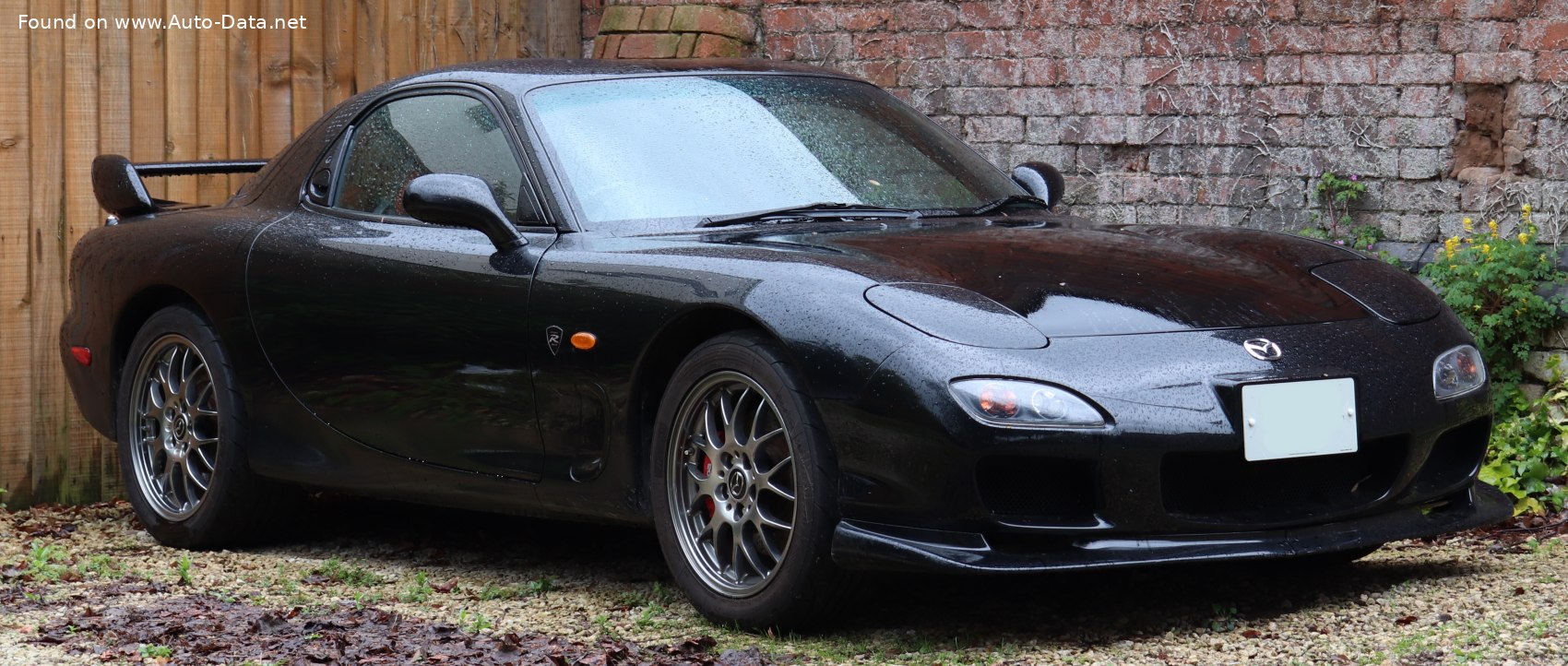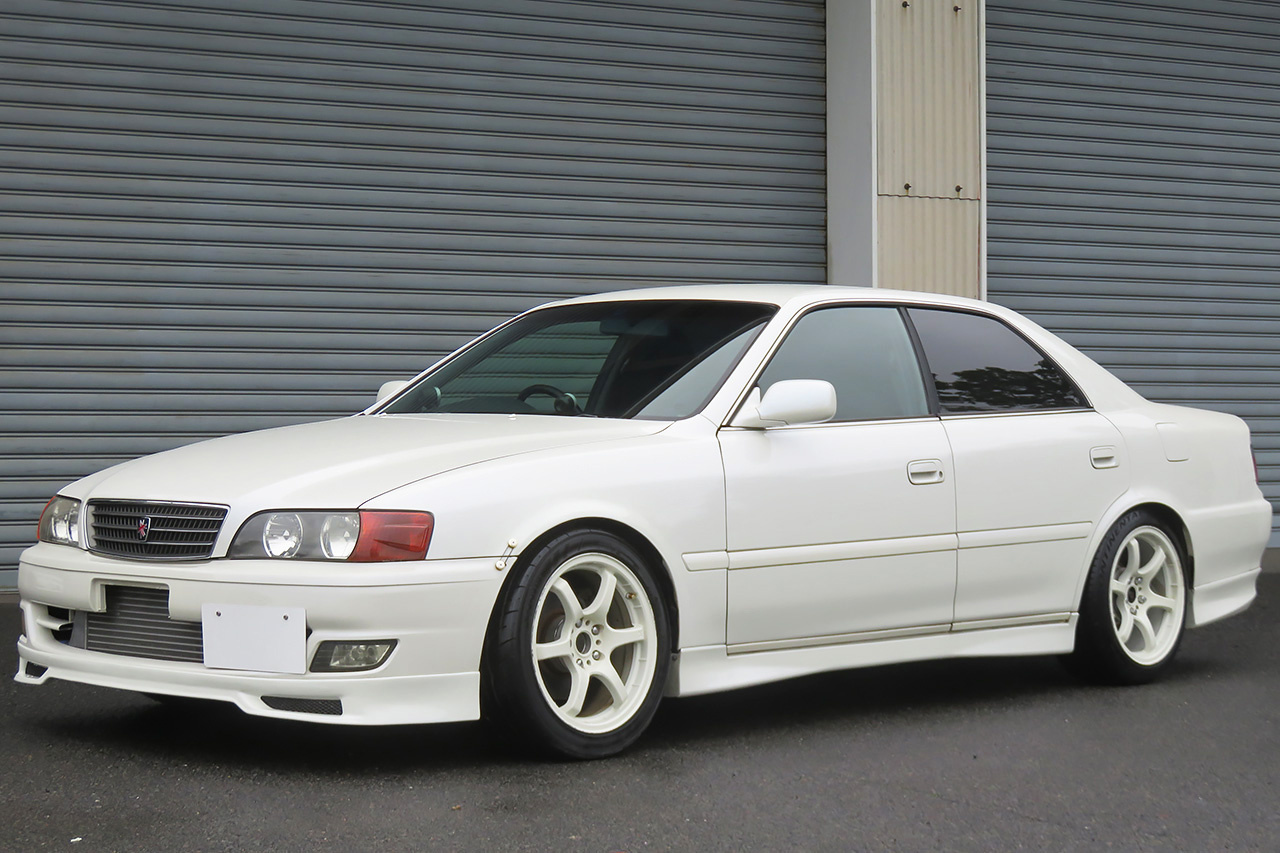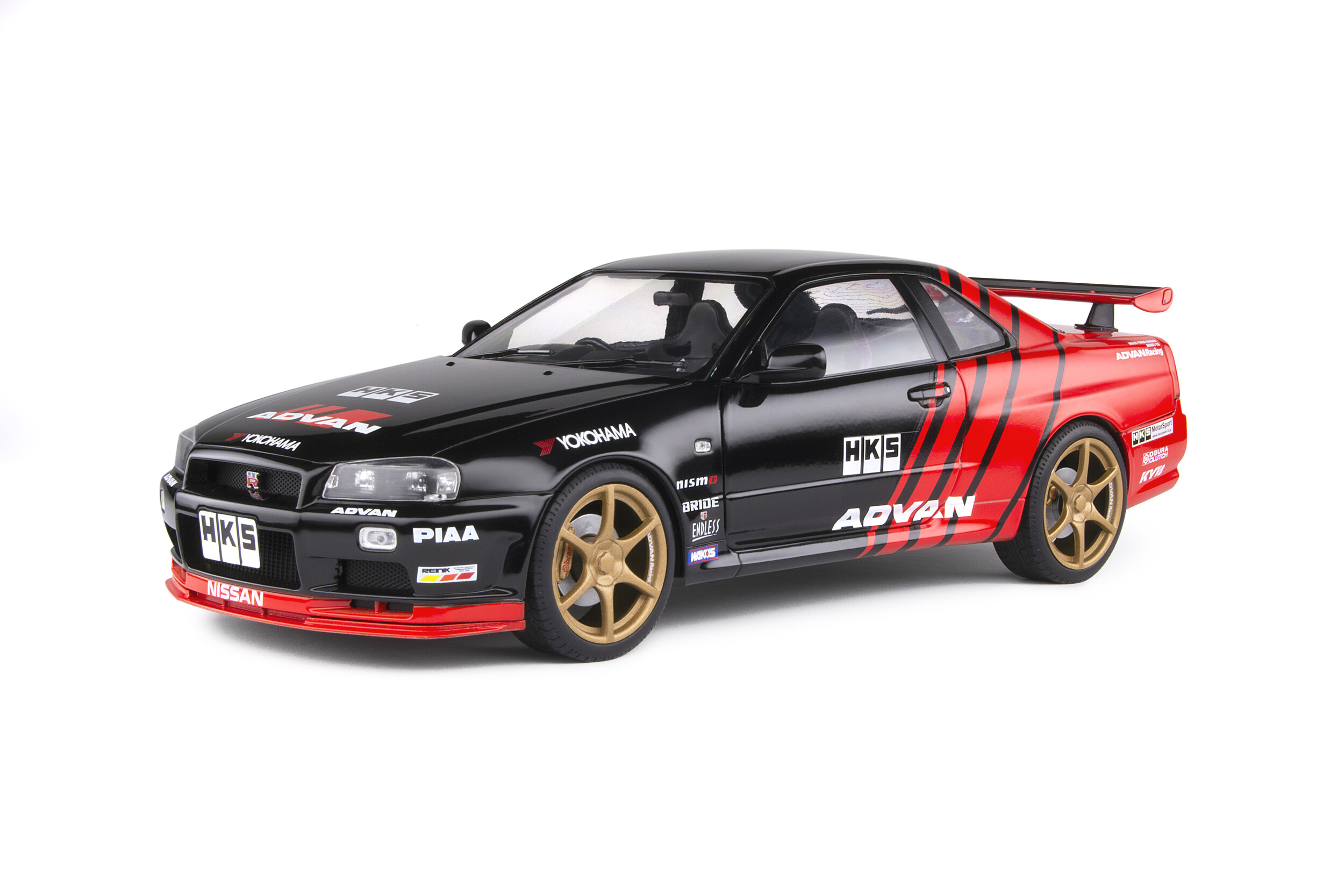Subaru WRX








Drift cars are usually light- to moderate-weight rear-wheel-drive coupes and sedans, offering a large range of power levels. There have also been all-wheel drive cars that have been converted to rear-wheel drive such as the Subaru WRX, Toyota Avensis, Scion tC, Mitsubishi Lancer Evolution, Dodge Charger, and Nissan GT-R. Early on, AWD cars without conversion were allowed in some drifting competitions, and usually the rules allowed only a certain percentage of power to be sent to the front wheels, but they are banned in most (if not all) drifting competitions today.
Despite the possibility of obtaining desirable Japanese domestic market vehicles in continents outside Japan, drifters in other countries prefer to use local versions of the same cars (for example, a Nissan 240SX instead of a Nissan Silvia S13, etc.), or even domestic cars. A high volume of Japanese imports were brought to countries such as Australia and New Zealand, however it is not unusual to see Australian/New Zealand domestic vehicles such as the Holden Commodore or Ford Falcon used in drifting competitions.
The American market saw a relatively high volume of JDM cars being imported over the last decade, despite Japanese domestic vehicles being right-hand-drive only. Locally-sold imports such as the Lexus SC and Nissan 240SX feature heavily in American drifting, but they are usually modified with JDM engines to mirror their Japanese domestic equivalents (usually with a Toyota JZ-GTE or Nissan CA18DET/SR20DET/RB26DETT respectively).
In the UK, there are a high level of Japanese imports used within the drifting scene, due in part to the UK sharing a right-hand drive layout with Japan. However, these cars often cost more than UK-market cars, partly due to import costs. There are plenty of UK and European models used as drift cars as well — older BMWs are particularly prominent due to cost and availability, with Volvo 300 series and Ford Sierras also proving popular.
In the Formula Drift Professional series, cars range from highly tuned Japanese automobiles reflecting the original styles of drifting to all-new age makes and models. Due to no power limit restrictions in the series, it is not uncommon for competitors to use a variety of different powerplants. Popular variations of Chevrolet LS engines are often seen bolted down to Japanese frames.
In the King of Europe Drift Series, the main professional drift series in Europe, BMW models have long ruled the scene, winning event after event, year after year. The most successful models include the E30, E36 and E46, which also present an advantage in cost (being more affordable than their Japanese rivals). For a few years, BMW V8 engine swaps were the most popular, providing a healthy 300 to 400 horsepower output. With the continuous evolution of the sport, however, these have now become obsolete, making way for more powerful American V8 engines or classic Nissan RB26DETT and Toyota 2JZ-GTE engines.